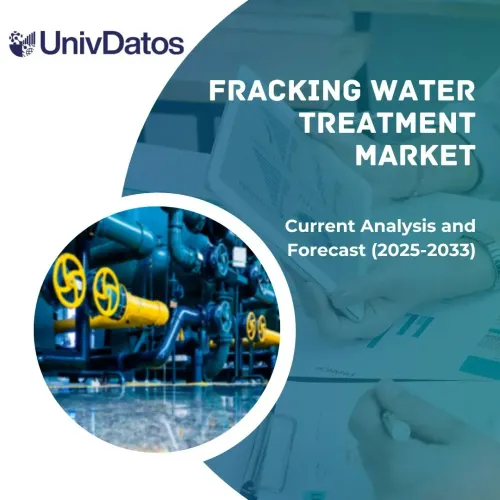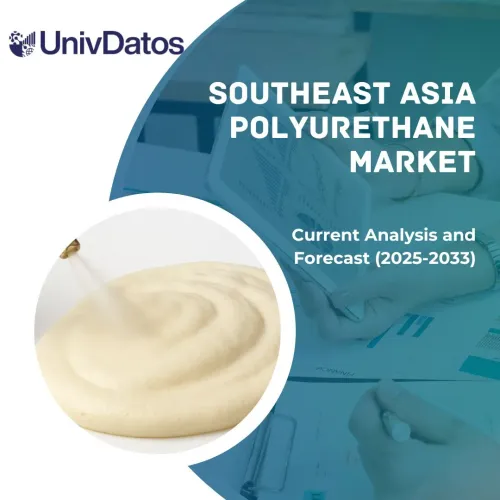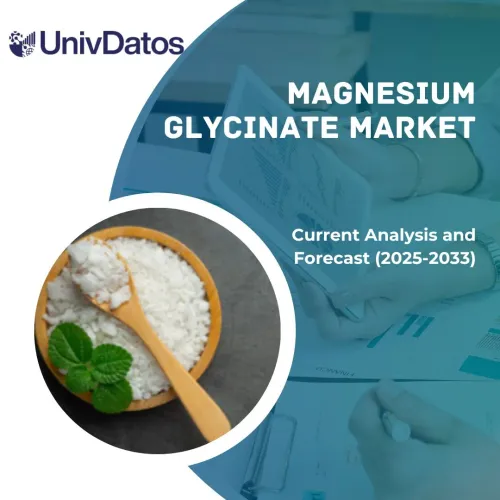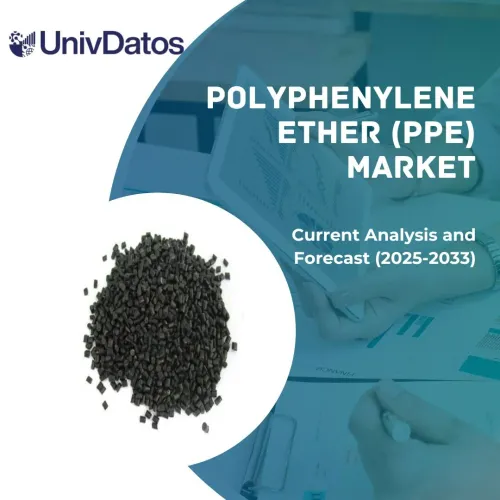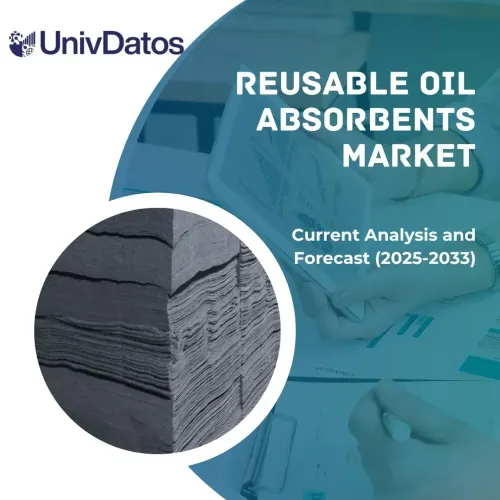- Inicio
- Acerca de nosotros
- Industria
- Servicios
- Leyendo
- Contáctenos
Mercado de Cerámicas Funcionales: Análisis Actual y Pronóstico (2022-2028)
Énfasis en el Tipo de Producto (Cerámica Semiconductora, Cerámicas Aislantes, Cerámica Superconductora de Alta Temperatura, Cerámicas Dieléctricas, Cerámicas Piezoeléctricas y Otros); Aplicación (Eléctrica y Electrónica, Transporte, Químicos, Aeroespacial y Defensa, Médica y Otros); y Región/País
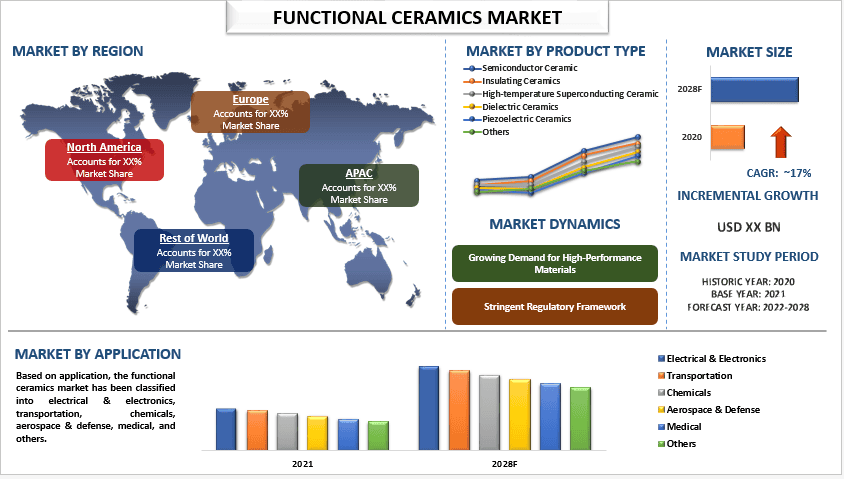
El mercado mundial de cerámicas funcionales se valoró en 232.84 mil millones de dólares en 2021 y se espera que crezca a una CAGR del 17% entre 2022 y 2028. Las cerámicas funcionales son materiales cerámicos que son beneficiosos para una variedad de aplicaciones debido a características físicas, químicas o biológicas especiales. Las cerámicas que son funcionales están hechas para llevar a cabo tareas específicas, incluyendo la conductividad eléctrica, el aislamiento térmico o la resistencia química. El procesamiento de la cerámica, que implica la combinación de materias primas, darles forma en la forma requerida y quemarlas a altas temperaturas para producir una sustancia sólida y densa, se utiliza con frecuencia para crear cerámicas funcionales. Las características de las cerámicas funcionales pueden verse influenciadas por varios factores de procesamiento, incluyendo la temperatura, la presión y la composición química.
Murata Manufacturing Co., Ltd; TDK Electronics AG; Semco; KYOCERA Corporation; TAIYO YUDEN CO., LTD; KEMET Corporation; Vishay Intertechnology, Inc.; YAGEO Group; Samwha Capacitor Group; Morgan Advanced Materials son algunos de los actores clave en el mercado. Varias fusiones y adquisiciones junto con asociaciones han sido emprendidas por estos actores para facilitar a los clientes productos/tecnologías innovadoras y de alta tecnología.
Perspectivas Presentadas en el Informe
“Entre los tipos de productos, se espera que la categoría de cerámica semiconductora crezca con una CAGR significativa durante el período de pronóstico.”
Basado en el tipo de producto, el mercado se segmenta en cerámicas semiconductoras, cerámicas aislantes, cerámicas superconductoras de alta temperatura, cerámicas dieléctricas, cerámicas piezoeléctricas y otras. Se espera que la categoría de cerámica semiconductora crezca con una CAGR significativa durante el período de pronóstico. Esto se debe principalmente a factores como la alta resistencia, las altas propiedades de resistencia, la alta conductividad térmica y eléctrica, la alta resistencia mecánica y otros. Debido a estas propiedades, la necesidad de cerámicas semiconductoras es altamente preferida en algunas industrias como la eléctrica, aeroespacial, energética y automotriz.
“Entre las aplicaciones, se espera que la categoría de electricidad y electrónica crezca con una CAGR significativa durante el período de pronóstico.”
Basado en la aplicación, el mercado de cerámicas funcionales se ha clasificado en electricidad y electrónica, transporte, productos químicos, aeroespacial y defensa, médico y otros. Se espera que la categoría de electricidad y electrónica crezca con una CAGR significativa durante el período de pronóstico. Esto se debe principalmente a las aplicaciones de las cerámicas funcionales como aislantes y sustratos en dispositivos electrónicos como condensadores, inductores y resistencias. Las cerámicas se utilizan como aislantes debido a su resistencia dieléctrica y baja pérdida de energía que ayuda a mantener la eficiencia de los circuitos electrónicos.
Cobertura del Informe del Mercado de Cerámicas Funcionales
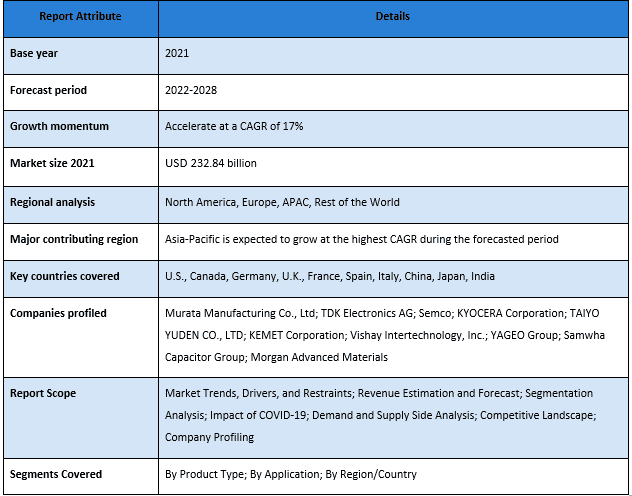
“Se anticipa que APAC crecerá a una CAGR sustancial durante el período de pronóstico.”
En 2021, se anticipa que APAC crecerá a una CAGR sustancial durante el período de pronóstico. Esto se debe principalmente a la creciente industrialización, la creciente demanda de productos de eficiencia energética como sensores, actuadores y generadores de energía, y muchos otros factores que están impulsando el crecimiento del mercado. Además, se espera que la creciente demanda de materiales de alto rendimiento con propiedades superiores respalde aún más el crecimiento del mercado. Además, el creciente uso de cerámicas funcionales en la industria de la salud, como dispositivos médicos, implantes y sistemas de administración de fármacos, acelera aún más el crecimiento del mercado de cerámicas funcionales en la región.
Razones para comprar este informe:
- El estudio incluye el tamaño del mercado y el análisis de pronóstico validado por expertos clave autenticados de la industria.
- El informe presenta una revisión rápida del rendimiento general de la industria de un vistazo.
- El informe cubre un análisis en profundidad de los principales pares de la industria con un enfoque principal en las finanzas comerciales clave, las carteras de productos, las estrategias de expansión y los desarrollos recientes.
- Examen detallado de los impulsores, las restricciones, las tendencias clave y las oportunidades que prevalecen en la industria.
- El estudio cubre exhaustivamente el mercado a través de diferentes segmentos.
- Análisis profundo a nivel regional de la industria.
Opciones de personalización:
El mercado global de cerámicas funcionales se puede personalizar aún más según el requisito o cualquier otro segmento de mercado. Además de esto, UMI entiende que puede tener sus propias necesidades comerciales, por lo tanto, no dude en conectarse con nosotros para obtener un informe que se adapte completamente a sus requisitos.
Tabla de contenido
Metodología de Investigación para el Análisis del Mercado de Cerámicas Funcionales (2022-2028)
El análisis del mercado histórico, la estimación del mercado actual y la previsión del mercado futuro del mercado mundial de cerámicas funcionales fueron los tres pasos principales que se llevaron a cabo para crear y analizar la adopción de cerámicas funcionales en las principales regiones del mundo. Se llevó a cabo una exhaustiva investigación secundaria para recopilar las cifras históricas del mercado y estimar el tamaño actual del mercado. En segundo lugar, para validar estos conocimientos, se tomaron en consideración numerosos hallazgos y supuestos. Además, también se realizaron exhaustivas entrevistas primarias con expertos de la industria en toda la cadena de valor del mercado mundial de cerámicas funcionales. Tras la suposición y la validación de las cifras del mercado a través de entrevistas primarias, empleamos un enfoque de arriba hacia abajo/de abajo hacia arriba para predecir el tamaño completo del mercado. Posteriormente, se adoptaron métodos de desglose del mercado y triangulación de datos para estimar y analizar el tamaño del mercado de los segmentos y subsegmentos de la industria a la que pertenece. La metodología detallada se explica a continuación:
Análisis del Tamaño del Mercado Histórico
Paso 1: Estudio Profundo de Fuentes Secundarias:
Se llevó a cabo un estudio secundario detallado para obtener el tamaño histórico del mercado de cerámicas funcionales a través de fuentes internas de la empresa, como informes anuales y estados financieros, presentaciones de rendimiento, comunicados de prensa, etc., y fuentes externas, incluyendo revistas, noticias y artículos, publicaciones gubernamentales, publicaciones de la competencia, informes del sector, bases de datos de terceros y otras publicaciones creíbles.
Paso 2: Segmentación del Mercado:
Después de obtener el tamaño histórico del mercado de cerámicas funcionales, llevamos a cabo un análisis secundario detallado para recopilar información histórica del mercado y compartirla para diferentes segmentos y subsegmentos para las principales regiones. Los principales segmentos incluidos en el informe son el tipo de producto y la aplicación. Además, se llevaron a cabo análisis a nivel de país para evaluar la adopción general de los modelos de prueba en esa región.
Paso 3: Análisis de Factores:
Después de adquirir el tamaño histórico del mercado de diferentes segmentos y subsegmentos, llevamos a cabo un análisis de factores detallado para estimar el tamaño actual del mercado de cerámicas funcionales. Además, llevamos a cabo un análisis de factores utilizando variables dependientes e independientes, como varios tipos de productos y aplicaciones de cerámicas funcionales. Se llevó a cabo un análisis exhaustivo de los escenarios de oferta y demanda teniendo en cuenta las principales asociaciones, fusiones y adquisiciones, la expansión empresarial y los lanzamientos de productos en el sector del mercado de cerámicas funcionales en todo el mundo.
Estimación y Previsión del Tamaño Actual del Mercado
Tamaño Actual del Mercado: Basándonos en la información práctica de los 3 pasos anteriores, llegamos al tamaño actual del mercado, los actores clave en el mercado mundial de cerámicas funcionales y las cuotas de mercado de los segmentos. Todas las cuotas porcentuales requeridas divididas y los desgloses del mercado se determinaron utilizando el enfoque secundario mencionado anteriormente y se verificaron a través de entrevistas primarias.
Estimación y Previsión: Para la estimación y previsión del mercado, se asignaron ponderaciones a diferentes factores, incluyendo los impulsores y las tendencias, las restricciones y las oportunidades disponibles para las partes interesadas. Después de analizar estos factores, se aplicaron las técnicas de previsión pertinentes, es decir, el enfoque de arriba hacia abajo/de abajo hacia arriba, para llegar a la previsión del mercado para 2028 para diferentes segmentos y subsegmentos en los principales mercados a nivel mundial. La metodología de investigación adoptada para estimar el tamaño del mercado abarca:
- El tamaño del mercado de la industria, en términos de ingresos (USD) y la tasa de adopción del mercado de cerámicas funcionales en los principales mercados a nivel nacional
- Todas las cuotas porcentuales, divisiones y desgloses de los segmentos y subsegmentos del mercado
- Actores clave en el mercado mundial de cerámicas funcionales en términos de productos ofrecidos. Además, las estrategias de crecimiento adoptadas por estos actores para competir en el mercado de rápido crecimiento
Validación del Tamaño y la Cuota del Mercado
Investigación Primaria: Se llevaron a cabo entrevistas en profundidad con los Líderes de Opinión Clave (KOL, por sus siglas en inglés), incluyendo a los Ejecutivos de Alto Nivel (CXO/VP, Jefe de Ventas, Jefe de Marketing, Jefe de Operaciones, Jefe Regional, Jefe de País, etc.) en las principales regiones. Los resultados de la investigación primaria se resumieron y se realizó un análisis estadístico para probar la hipótesis establecida. Las aportaciones de la investigación primaria se consolidaron con los resultados secundarios, convirtiendo así la información en conocimientos prácticos.
División de los Participantes Primarios en Diferentes Regiones
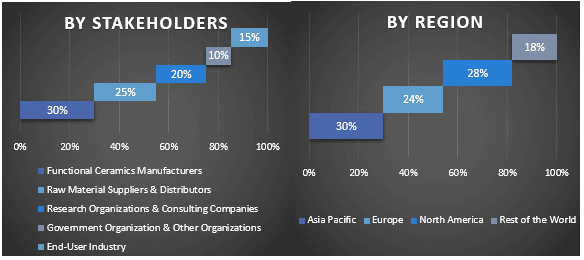
Ingeniería del Mercado
Se empleó la técnica de triangulación de datos para completar la estimación general del mercado y para llegar a cifras estadísticas precisas para cada segmento y subsegmento del mercado mundial de cerámicas funcionales. Los datos se dividieron en varios segmentos y subsegmentos después de estudiar varios parámetros y tendencias en las áreas de tipo de producto y aplicación en el mercado mundial de cerámicas funcionales.
El Objetivo Principal del Estudio del Mercado Mundial de Cerámicas Funcionales
Las tendencias actuales y futuras del mercado mundial de cerámicas funcionales se señalaron en el estudio. Los inversores pueden obtener información estratégica para basar su criterio de inversión en el análisis cualitativo y cuantitativo realizado en el estudio. Las tendencias actuales y futuras del mercado determinaron el atractivo general del mercado a nivel regional, proporcionando una plataforma para que el participante industrial explote el mercado sin explotar para beneficiarse de una ventaja de ser el primero en actuar. Otros objetivos cuantitativos de los estudios incluyen:
- Analizar el tamaño actual y previsto del mercado de cerámicas funcionales en términos de valor (USD). Además, analizar el tamaño actual y previsto del mercado de diferentes segmentos y subsegmentos
- Los segmentos en el estudio incluyen áreas de tipo de producto y aplicación.
- Definir y analizar el marco regulatorio para las cerámicas funcionales
- Analizar la cadena de valor involucrada con la presencia de varios intermediarios, junto con el análisis de los comportamientos de los clientes y la competencia de la industria.
- Analizar el tamaño actual y previsto del mercado de cerámicas funcionales para la región principal.
- Los principales países de las regiones estudiadas en el informe incluyen Asia Pacífico, Europa, Norteamérica y el resto del mundo.
- Perfiles de empresas del mercado de cerámicas funcionales y las estrategias de crecimiento adoptadas por los participantes del mercado para mantenerse en el mercado de rápido crecimiento
- Análisis regional profundo de la industria
Relacionados Informes
Los clientes que compraron este artículo también compraron




